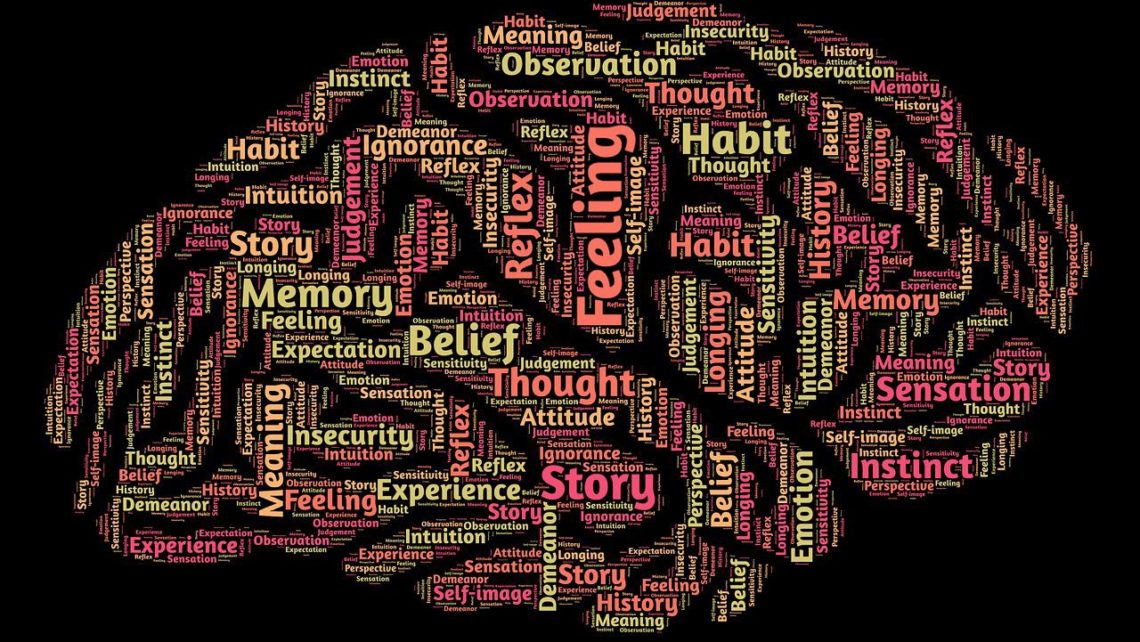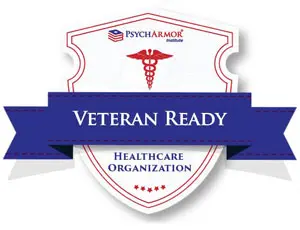How Brainspotting Helps You Process Trauma
Whole-person care in addiction treatment is designed to consider not only someone’s level of dependency, but also aspects of all their experiences, including trauma. There’s a strong connection between trauma and addiction, and holistic therapies such as brainspotting may be one helpful solution for working through both conditions and breaking that tie.
The Stranglehold of Trauma
Individuals exposed to adverse childhood experiences, sexual and domestic abuse, natural and man-made disasters, violences, and PTSD often suffer with unresolved emotions, negative influences, triggers, and other issues. Trauma affects their whole-being health, especially mental and emotional wellness.
When someone experiences trauma, they often develop a condition called dysregulation, which impacts metabolic, psychological, and physiological process regulation. It’s also one reason why a person struggling with trauma might choose unhealthy coping mechanisms, such as self-medicating, engaging in risky behaviors, and avoiding therapeutic care.
According to the American Psychological Association (APA), “proximity to high-intensity traumas can have long lasting effects on the brain and behavior of healthy people without causing a current clinical disorder. But these subtle changes could increase susceptibility to mental health problems later on.”
Traumatologist and Seabrook CEO Gina Marchando states that “human beings aren’t meant to be traumatized and abused. Our defense mechanisms—such as suppression via substances—are an attempt to cope with what never was supposed to happen.”
How Brainspotting Can Help Process Trauma
Brainspotting therapy is a relatively recent innovation that has a promising future as a therapy for victims of trauma. It might be a good option for someone seeking therapy for the first time or a person who’s tried other methods and wants a different approach. The brain’s plasticity and ability to adapt and heal are central to the underlying principles of brainspotting.
Developer and psychotherapist David Grand describes the modality this way: “Brainspotting works with the deep brain and the body through its direct access to the autonomic and limbic systems within the body’s central nervous system. Brainspotting is accordingly a physiological tool/treatment which has profound psychological, emotional, and physical consequences.”
Activating the limbic system—which is associated with emotions and memory processing—and the amygdala in particular helps create emotional responses. Some research suggests that brainspotting might also promote shifts in brainwave activity towards a more relaxed and reflective state, which can be conducive to more effective processing of emotions and memories.
- For example, imagine your mind as a vast landscape with various thoughts, memories, and emotions. In this landscape, there are specific points—brainspots—where your feelings and experiences are stored. These brainspots are like windows into your inner world.
- Now, think of a therapist trained in brainspotting as a guide who helps you navigate this landscape. They assist you in identifying and focusing on these brainspots, which can represent areas of emotional distress, trauma, or unprocessed feelings.
The core idea behind brainspotting is that instead of your brain being stuck in an endless trauma loop or bypassing memories completely, directing attention to these brainspots allows you to access and process deeply held emotions and traumatic experiences that may be affecting your mental and emotional well-being.
Example of the Brainspotting Approach
During a brainspotting session, therapists help clients position their eyes in ways that enable them to target sources of negative emotion.
- So, you might be asked to focus on a specific point in your field of vision, or the therapist may use tools like a pointer or their fingers to guide your gaze to different areas. This helps you explore your internal landscape and engage with your emotions in a safe and controlled way.
- When you look at or think about a brainspot, you may notice physical sensations, emotions, or memories surfacing. The therapist’s role is to provide a supportive and non-judgmental space for you to process and release these emotions, facilitating healing and resolution of past traumas or emotional blockages.
Brainspotting can be an effective tool for addressing a wide range of emotional and psychological issues, including trauma, anxiety, depression, and stress, by tapping into the brain’s natural ability to heal and recover. Many people demonstrate significant improvement after only a few sessions.
Find Better Ways to Heal at Seabrook
Unfortunately, not everyone responds to talk therapy. But it’s okay. There are numerous reasons for this, and each is unique to every individual. This is why Seabrook’s award-winning addiction treatment centers in New Jersey offer extensive holistic recovery options such as brainspotting, eye movement desensitization and reprocessing (EMDR), music therapy, and drumming. Non-verbal expression through these avenues still provides somatic release and stress relief, and helps the brain heal from trauma and addiction. If you’re curious about how they can help you, please reach out.




